During the Cold War, the United States developed Continuity of Operations plans, leading to the establishment of the National Emergency Command Post Afloat (NECPA). This strategic initiative combined air, land, and sea resources to ensure the government’s capacity to function following a nuclear disaster.
To execute this strategy, two naval vessels were converted into mobile command centers, commonly referred to as “Doomsday Ships.” These ships were intended to serve as floating extensions of the White House during emergencies.
Continuity of Operations
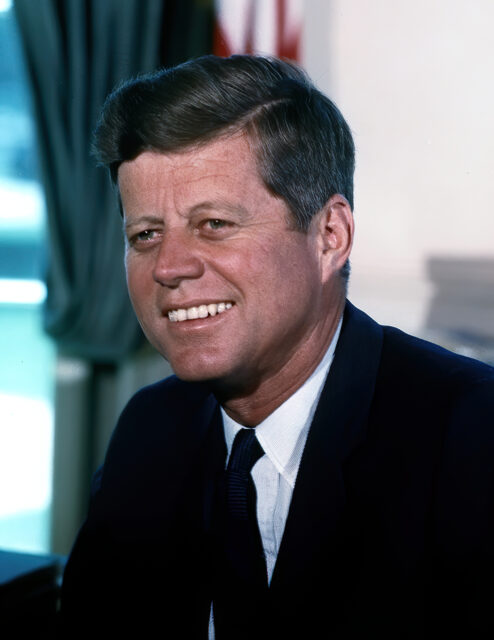
Following World War II and the onset of nuclear weaponry, the US government started the development of strategies to sustain operations and safeguard key personnel during a nuclear conflict. These strategies comprised three main components: land-based critical installations, mobile airborne command posts, and sea-based command posts, providing necessary flexibility for officials.
A key element of these plans was the establishment of secure communication links among four command posts: the National Military Command Center (NMCC), the Alternate National Military Command Center (ANMCC), the National Emergency Airborne Command Post (NEACP), and the National Emergency Command Post Afloat (NECPA).
Command posts were located on land, sea, and in the air

The National Military Command Center and Alternate National Military Command Center were established on land, with locations at the Pentagon and a US military bunker near Blue Ridge Summit, Pennsylvania, respectively. The National Emergency Airborne Command Post comprised aircraft operated by the US Air Force, while the National Emergency Command Post Afloat consisted of command ships operated by the US Navy.
These vessels remained on continuous alert, prepared to serve as floating White Houses, if necessary. They never had to fulfill this role, and their use was limited to conducting exercises, accommodating overnight stays, and supporting foreign trips by Presidents John F. Kennedy and Lyndon B. Johnson.
USS Northampton (CLC-1/CC-1)
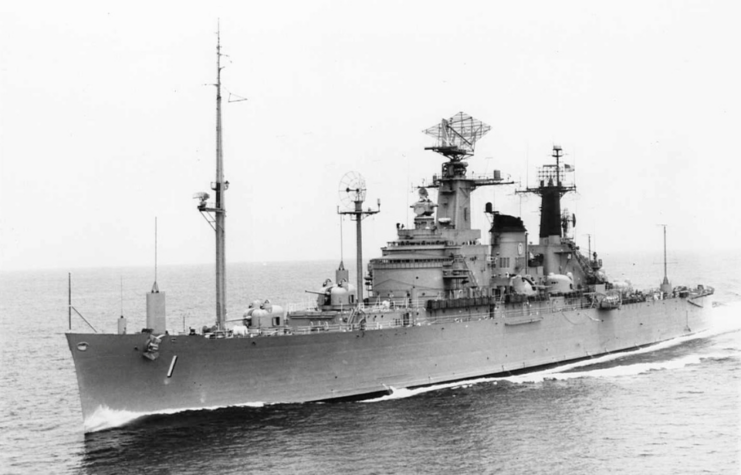
Northampton’s weaponry was also unique within her class. Originally, Oregon City-class cruisers were armed with nine 8-inch guns in three turrets, twelve 5-inch guns in six turrets, and various anti-aircraft weapons. Following 1953, while the 8-inch and 5-inch guns remained unchanged, ten 3-inch guns in five turrets were added.
During project SCB 13, Northampton was converted into a command cruiser on January 27, 1951, resulting in many changes to her design. Unlike her sister ships, she was equipped with four 5-inch guns and eight 3-inch guns, though these were later removed. Additionally, she was fitted with numerous antennas, communication gear, and large masts.
Northampton took 2,000 sailors to control

Equally important, though less obvious, was the ship’s expanded crew size. Operating the vessel required 2,000 sailors, a pretty large increase from the 1,142 needed for a standard Oregon City cruiser. In this role, she accommodated numerous government officials and dignitaries, such as King Baudouin of Belgium and King Olav V of Norway.
Northampton maintained this function until 1961. On April 15, she was reclassified as CC-1, designated to serve as a floating White House under the National Emergency Command Post Afloat. Known as “Sea Ruler,” she continued in this capacity until her decommissioning on April 8, 1970.
USS Wright (CVL-49/AVT-7/CC-2)
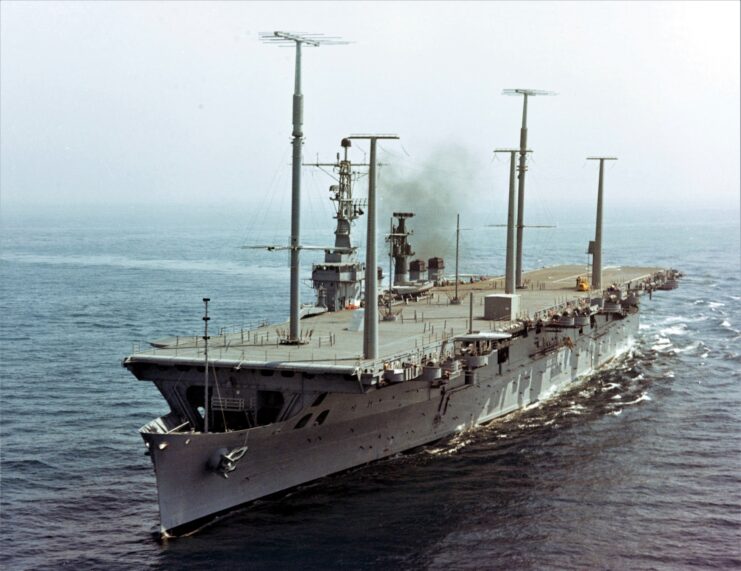
The USS Wright (CVL-49/AVT-7/CC-2) started her service with the US Navy on February 9, 1947, operating as a Saipan-class light aircraft carrier. Initially designated for pilot training, she completed 40 brief operational cruises in this role.
Departing from Norfolk, Virginia, on January 11, 1951, Wright set course for the Mediterranean to integrate with the US 6th Fleet. Arriving in Gibraltar on January 21, she started her first deployment. Following a refitting in 1952, she assumed the role of flagship for Carrier Division 14, engaging in collaborative exercises with NATO allies, notably the British Royal Navy.
Wright carried out operations off the coast of Korea

After another overhaul in 1953 at the Philadelphia Naval Shipyard, Wright set sail for the Pacific to join the US 7th Fleet. It transited the Panama Canal and made stops at San Diego and Pearl Harbor before arriving at US Fleet Activities Yokosuka, Japan. With Marine Attack Squadron 211 on board, it carried out operations off the coasts of Korea and Okinawa.
This deployment ended on October 15, 1954, as Wright left Japanese waters for the US West Coast. Following this, it prepared for decommissioning and was eventually placed in inactive status in the Pacific Reserve Fleet.
Serving with the National Emergency Command Post Afloat (NECPA)
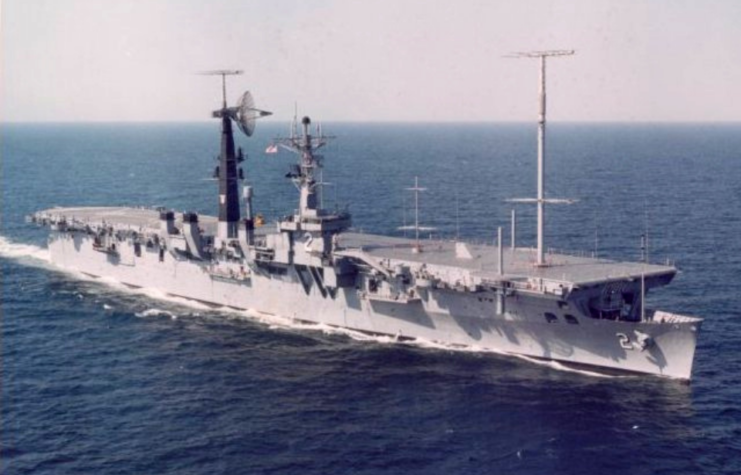
On March 15, 1962, Wright was converted into a command ship and redesignated CC-2. This only lasted a year, but saw extreme alterations to the ship in both function and appearance. Hangar bays were turned into command spaces, including elegant spaces for the president, and, most notably, the top deck, once used for aircraft to take off and land, saw various antennas installed atop large masts. Despite these changes, Wright could still operate helicopters at the rear.
Wright was recommissioned on May 11, 1963, and began operating off the West Coast, later moving to Norfolk. While part of the National Emergency Command Post Afloat, the vessel, nicknamed “Zenith,” became “the most sophisticated communications platform ever placed at sea.”
Wright provided communications for Lyndon B. Johnson

The aircraft carrier’s most noteworthy operations actually had nothing to do with her role. Between April 11-14, 1967, Wright operated off the coast of Uruguay, providing communications for President Lyndon B. Johnson during a conference at Punta del Este. As well, on May 8, 1968, she towed the USS Guadalcanal (LPH-7) 84 miles back to port after she’d suffered mechanical issues and became dead in the water.
In February 1969, during the Pueblo Crisis, Wright was put on high alert at Norfolk, although she never had to be used. The vessel was decommissioned on May 27, 1971.
National Emergency Airborne Command Post (NEACP)
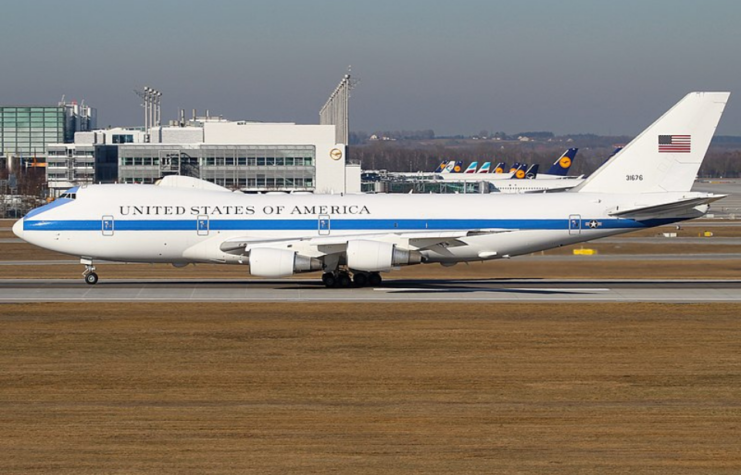
In the early-to-mid-1960s, the US government considered converting the USS Triton (SSRN-586) or a second Saipan-class ship into a third National Emergency Command Post Afloat. However, it was deemed unnecessary and the conversion never took place, with only the two remaining in the role until decommissioning in the 1970s.
If it was necessary for the president or other American commanders to use a ship in such a role, that could be arranged, although it was considered unnecessary to have one designated only for that. This led to the creation of a National Emergency Airborne Command Post, which came in the form of the Boeing E-4.
Based on Boeing’s incredibly successful 747 airliner, four E-4s were produced, with the E-4A entering service in late 1974 and the E-4B in ’80. Earlier variants were updated, with all four becoming E-4Bs by 1985. With a crew of four, operation was no different than when operated by an airline.
The E-4 is still operated by the Air Force today

That being said, the E-4’s systems aren’t anything like an airliner’s. With advanced satellite communications systems, protection against electromagnetic pulses, and nuclear and thermal effects shielding, it’s a highly advanced and effective mobile command post.
Are you a fan of all things ships and submarines? If so, subscribe to our Daily Warships newsletter!
The US Air Force still operates the E-4, and while the service began developing a replacement in 2021 and ’22, it has yet to retire from duty. In addition to the E-4, two Boeing VC-25 – or Air Force Ones – are also equipped with similar systems and can act in such a role when called upon.
